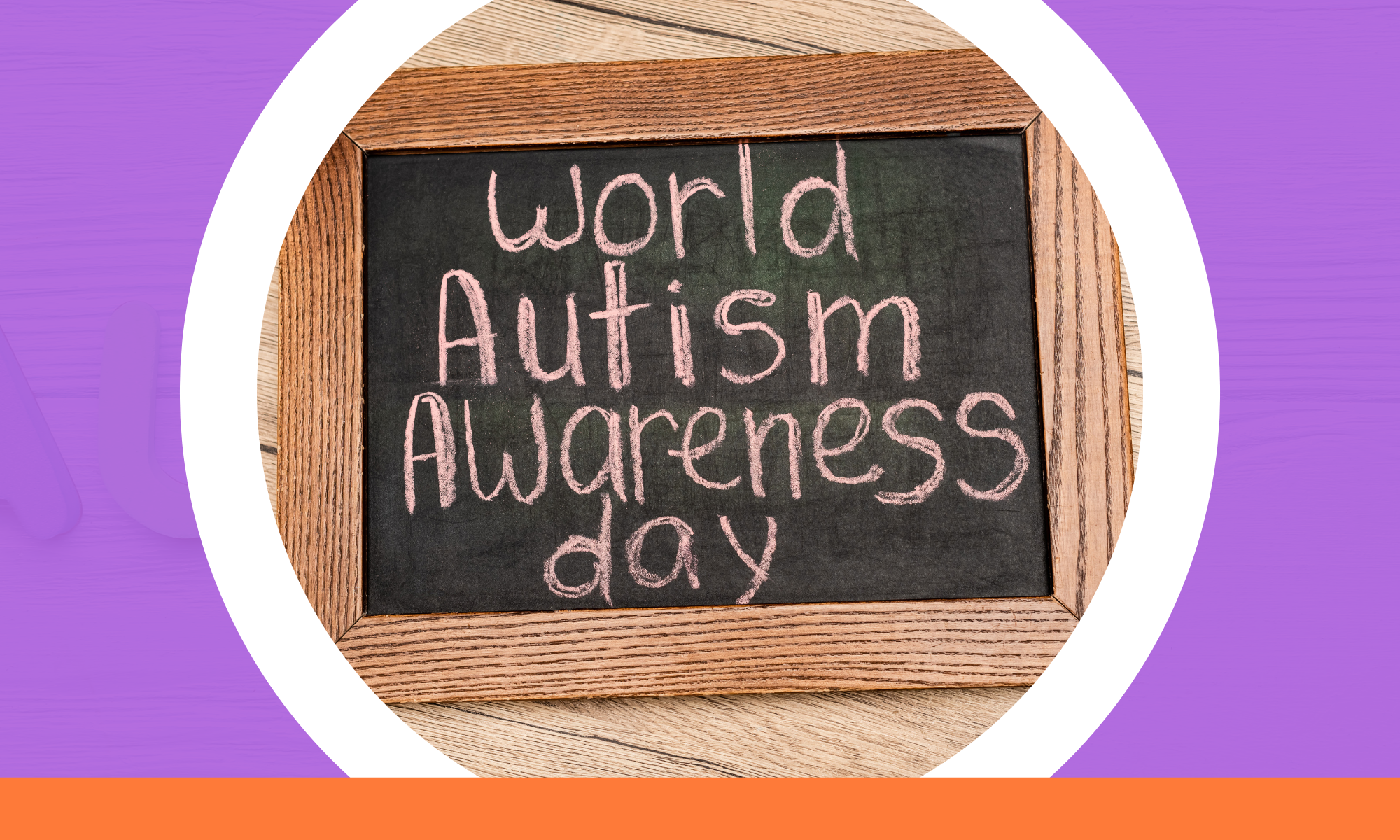Understanding Autism in Girls and How to Recognise The Signs
In a world where autism is becoming increasingly recognised and understood, there is still a significant gender gap when it comes to diagnosis. Many girls on the autism spectrum often go undiagnosed or are diagnosed much later in life compared to their male counterparts. Understanding autism in girls and how to recognise the signs provides valuable insights to support and empower them. Girls frequently display unique signs and coping strategies. Early intervention and assessments can help girls to thrive and reach their full potential.
It is believed that not all girls with autism are being diagnosed. Many girls and women mask their autism in order to fit in. An Irish Times article explains this and the repercussions involved with not being diagnosed.
Our Autism Services
At Autism Assessment Centre Ireland we know that children can experience the world in many different ways and that some children have unique needs which might require extra help as they grow. Knowing what those needs might be, and how best to support them is something that an assessment of need can help with.
With occupational therapists, psychologists and speech and language therapists on our roster, we have the right people to help ease this all-important transition. We offer office space for assessments, ensuring patients are seen in the right place. Our staff have the right skills and knowledge to conduct assessments and build relationships with children to ensure a safe, comfortable and accurate assessment.

Recognising the Telltale Signs
When Identifying autism in girls their traits often differ from the more stereotypical behaviors seen in boys with autism. To effectively recognise it, it’s best to look beyond the surface and consider subtle signs that may manifest in their behavior, communication, and social interactions.
Like boys, girls may engage in self-expression body language or stimming, such as hand-flapping, rocking, or lining up objects. They can have intense, focused interests that may appear similar to hobbies, but these interests can dominate their lives. Armed with this knowledge, it’s easier to support girls who may be struggling and supply them with the support and encouragement they need.

Masking and Autism
Girls with autism are often masters of disguise. They may meticulously mimic their peers’ social behaviors, facial expressions, and interests. This phenomenon, known as ‘masking’, can make it incredibly challenging for parents, teachers, and even clinicians to recognise the signs. Understanding the motivation behind ‘masking’ is the first step toward uncovering the hidden world of autism in girls.
‘Masking’ is a coping mechanism that can help girls fit in and navigate a world that often misunderstands differences. It’s often done as a way to navigate social situations and avoid judgment or exclusion. As girls often mask their traits effectively, they may receive a diagnosis later in life, if at all. Some might not be recognised as autistic until adulthood which may lead to challenges in every day life.

Empowering Girls on the Spectrum
Supporting needs and fostering inclusion can help with their personal growth. Parents, educators, and friends must create an environment where girls can thrive. From open communication to providing sensory-friendly spaces, these can make a significant difference in their lives.
Gradually encourage independence in daily life skills and decision-making, providing guidance and support as needed. Set realistic expectations and goals based on their abilities and needs, focusing on progress rather than perfection. Empowering girls with autism requires a multi-faceted approach that recognises their individuality and provides the necessary support and opportunities for growth.
Unmasking the hidden signs of autism in girls is vital. Through assessments and by taking the time to recognise certain traits, they can progress in life like any other child. By understanding the ‘masking’ phenomenon and the unique challenges they face, it is possible to bridge the gender gap in diagnosis and support. Employing inclusive strategies empowers them to embrace their true selves and allows them to feel valued for who they are and to reach their full potential.










